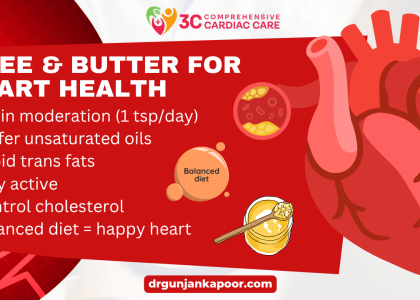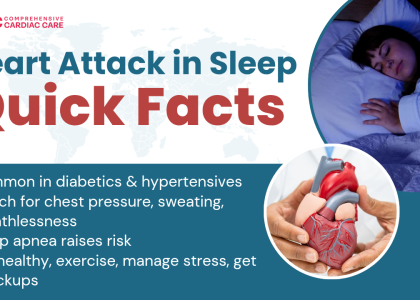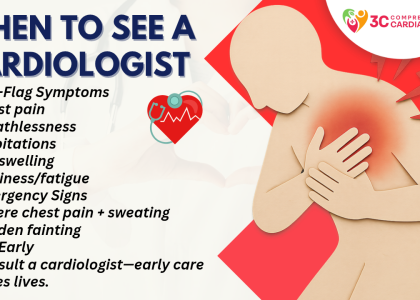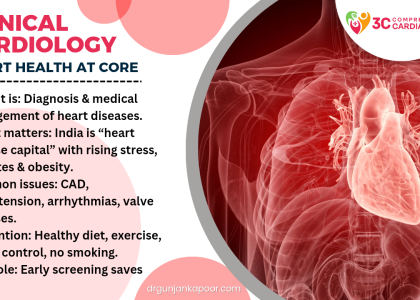Pacemakers: When Are They Needed and How Do They Work?
Your heart is more than a muscle—it’s an electrical system. When that system misfires, it can lead to dangerously slow or irregular heartbeats. That’s where a pacemaker comes in—a tiny, life-saving device that keeps your heart beating properly. But when exactly do you need one? And how does it work?
Let’s dive in. ♂️
⏱️ What Is a Pacemaker?
A pacemaker is a small, battery-powered device implanted under the skin, usually near the collarbone. It helps regulate abnormal heart rhythms, known as arrhythmias, by sending electrical signals to prompt the heart to beat at a normal rate.
Parts of a Pacemaker:
-
Pulse Generator (the battery + computer)
-
Leads (wires that send signals to the heart)
-
Electrodes (at the end of leads, placed in heart tissue)
Some newer models are leadless and entirely self-contained inside the heart!
⚠️ When Is a Pacemaker Needed?
Pacemakers are prescribed when the heart beats too slowly, pauses unpredictably, or doesn’t respond correctly to natural signals.
Common Conditions That Require a Pacemaker:
-
Bradycardia (slow heart rate)
-
Heart block (electrical signal delay or blockage)
-
Atrial fibrillation with slow ventricular response
-
Congenital heart defects
-
Post-heart surgery rhythm issues
-
Syncope (unexplained fainting spells)
If your heart rate drops too low, your brain and body don’t get enough oxygen-rich blood, which can cause fatigue, dizziness, or even collapse.
How Does a Pacemaker Work?
Pacemakers monitor your heart rate 24/7. If they detect a rhythm that’s too slow or irregular, they send a gentle electrical impulse to correct it.
Types of Pacemakers:
| Type | Purpose |
|---|---|
| Single-chamber | Sends signals to one heart chamber (usually right ventricle) |
| Dual-chamber | Coordinates signals between atrium and ventricle |
| Biventricular | Used for heart failure; synchronizes both ventricles (aka CRT) |
️ How Is a Pacemaker Implanted?
-
Typically done under local anesthesia
-
Takes about 1–2 hours
-
Small incision near collarbone
-
Leads are threaded through veins into the heart
-
Device is placed under the skin
Most people go home within 24 hours. Recovery is quick—light activities can resume in a few days.
Life With a Pacemaker
✅ What You Can Do:
-
Walk, run, and exercise (after clearance)
-
Travel and go through airport security (with a pacemaker ID card)
-
Live a full, active life
⚠️ What to Be Cautious About:
-
Strong magnets or electromagnetic fields (e.g., MRI machines, industrial welders)
-
Keeping mobile phones at least 6 inches from the chest
-
Avoiding certain sports temporarily post-surgery (e.g., contact sports)
Pacemaker Maintenance
-
Batteries last 5–15 years
-
Regular follow-ups required to check settings and function
-
When battery runs low, only the pulse generator is replaced—not the entire device
Final Thoughts: A Tiny Device That Makes a Big Difference
Pacemakers restore rhythm, safety, and energy to people whose hearts beat too slowly or irregularly. With today’s advancements, they are smaller, smarter, and safer than ever. If you or a loved one is facing a pacemaker recommendation, know that it’s a lifesaving, routine procedure with massive quality-of-life benefits.









